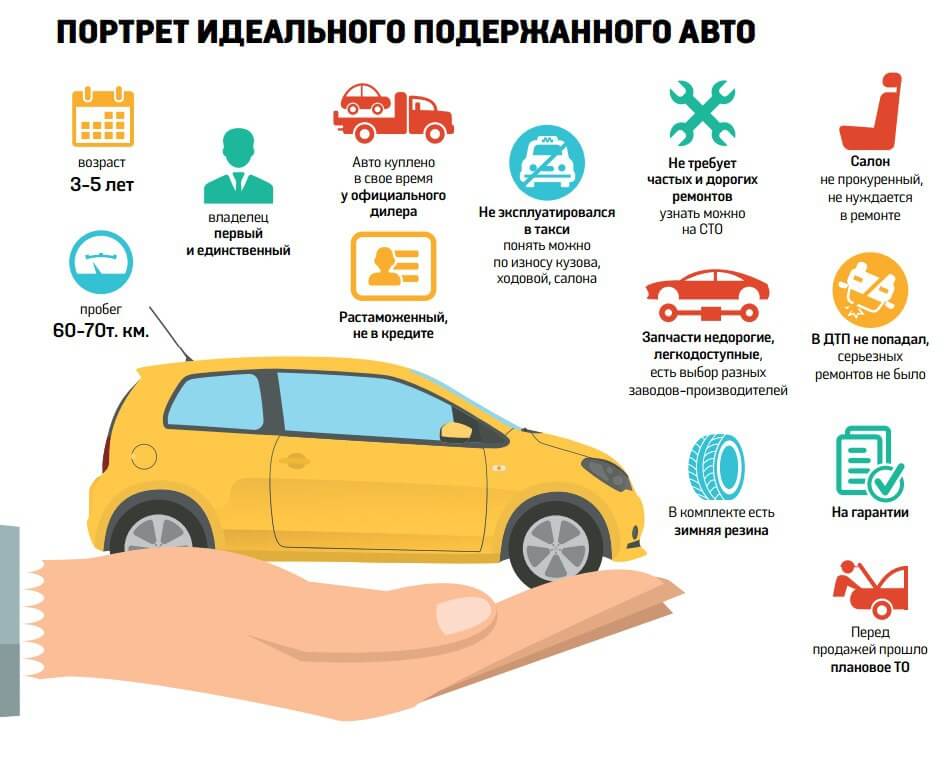
What to look for yes or yes when testing a used car you want to buy
Content
If you don't check these factors carefully, you may end up paying exorbitant amounts of money after purchasing any type of used car.
We know that a car, whether new or used, represents a , since it is almost impossible to move freely in any US city without your own vehicle.
That is why we want to offer a brief guide detailing the essential factors that you should check just before paying for your used car, so that you can prevent the investment of large amounts of dollars in possible repairs in the future.
We will divide the search by its hierarchy and price into two categories: the first and the second need. It:
First need:
1- The engine: The heart of a car will always be its engine, so this should be the first element to ask and investigate with the seller.
If you have the opportunity to test a used car, try to find out how long it takes the engine to start. Then make sure it doesn't overheat, make noise, or turn off while driving.
On the other hand, make sure that no oil leaks from the engine during a test drive.
According to data from CarBrain, the cost to fix an engine can range from $2,500 to $4,000, so it's worth asking.
2- Mileage: When you check your used vehicle, be sure to check the total mileage on the dashboard. Although this is a modifiable number, there are legitimate ways to ensure that the registered number is true.
Among them is a certificate of total mileage, which can give you confidence in the total mileage of the vehicle.
3- Tires: Although it seems like a minor expense, tires are one of the most important factors in the integrity of the used car. If one, or several, of the tires are in poor condition, then you will have a significant additional expense.
According to the Inquirer, a tire in the US can cost between $50 and $200 each. In addition, used vehicles such as large trucks or SUVs can cost anywhere from $50 to $350. This is definitely a factor to consider.
second need
1- Bodywork: This area is considered a second priority because, although it is important on an aesthetic level, a small crash or scratch will not make the used car stop working completely.
While this can be an expense or an investment, it is important to represent the serious injury in his appearance. Try to check the car comprehensively to make sure that there is no part of its body that you do not like.
2- Steering wheel and lever: When maneuvering any means of transport, the proper functioning of the lever and the steering wheel are extremely important to verify your safety when driving. As you go through your test drive, try to pay close attention to how these two elements work so you don't get a negative surprise shortly after paying for the used car.
3- Seats: This section is the last category since it is the one that requires the least economic investment. Of course, the comfort that a vehicle seat can give you is essential for its long-term use, but you can cover or buy new seats for a small price.
In case you do not have the opportunity to conduct a test drive, we recommend that you carefully study all of the above aspects.